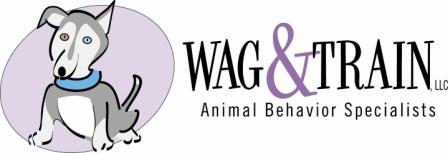The U. S. Dept. of Agriculture for toxicology information lists ethoxyquin in their Farm Chemical Hand-Book as a pesticide, used in fruit scald control. It is also used as a rubber preservative. It is FDA approved for use as an antioxidant for carotenes vitamin A and E and the prevention of the development of organic peroxides.
It is approved at 150 ppm in paprika and chili powder, and because it is used as a preservative in livestock feed, the following residue allowances in human consumed animal products as follows: 5 ppm in or on the uncooked fat of meat from animals except poultry; 3 ppm in or on the uncooked liver and fat of poultry, 0.5 ppm in or on the uncooked muscle meat of animals, 0.5 ppm in poultry eggs, and zero in milk.
The above information brings up the question why the FDA allows such a small amount of ethoxyquin residue (5 to .5 ppm) in human consumed foods yet allows such high amounts (150 ppm) to be used in pet food and livestock feeds?
In the case of the dog, pound for pound, a dog is consuming up to 300 times more ethoxyquin than allowed for people. (depending upon the weight) Also many dog food manufacturers are not always listing it as an ingredient on the packaging, but sometimes merely print "E".
Check your dog or cat food label to see what the pet food you are using is being preserved with.
Monsanto's (the manufacturer) own cautionary warnings in using and handling this product: They warn that it may cause allergic skin reactions, irritation to the eyes and skin. They advise that workers must wear eye and respiratory protection. The container of ethoxyquin has a very prominent skull and crossbones with POISON written in capital letters.
Ethoxyquin is listed and identified as a hazardous chemical under the criteria of the OSHA Hazard Communication Standard (29 CFR 1910, 1220).
The Chemical Toxicology of Commercial Products says that ethoxyquin has a toxic rating of 3 (on a scale of 1 to 6, with 6 being super toxic requiring less than 7 drops to produce death). At that level it can slowly develop depression, con-vulsions, coma and death; skin irritation and liver damage.
In a recent study by The Department Of Pathology,
The FDA maintains it is safe, yet have asked pet food manufacturers to "voluntarily" lower the levels to 75 PPM.
BHA and BHT
Specifically, BHA, short for Butylated Hydroxyanisole, and BHT, Butylated Hydroxytoluene, are both artificial preservatives added to oils to slow down deterioration. BHA and BHT (as well as ethoxyquin) are used in numerous pet food brands, including both "premium-grade" brands like Science Diet (even their prescription diet product line) and lower-grade brands like Alpo and Pedigree, to replace vitamin E, which is removed during oil processing. Studies have shown that BHA and BHT promote liver disease and other medical problems.
BHA
Enhanced stomach and urinary bladder carcinogenesis.
Causes squamous-cell carcinomas in stomachs.
(Cancers of this type are among the most lethal and fastest acting, the swiftest effects being seen among animals with light colored fur.)
BHT
Promoted urinary bladder carcinogenesis.
Could be a promoter of thyroid carcinogenesis.
Studies have noted that BHA and other antioxidants, particularly Propyl Gallate and ethoxyquin, showed additional effects in inducing stomach hyperplasia and cytotoxicity.
Please read your pet food labels! I suggest subscribing to The Whole Dog Journal www.whole-dog-journal.com for some great research and facst about pet food. If you have questions, feel free to email me, too and I can point in the right direction of some great resources! kari@wagandtrain.com

No comments:
Post a Comment